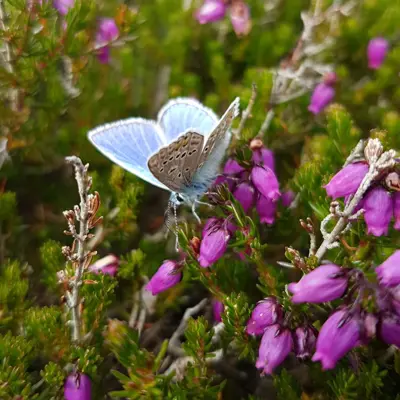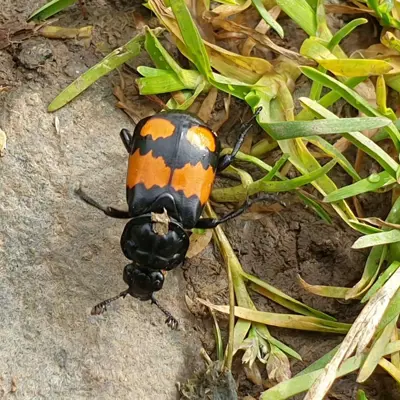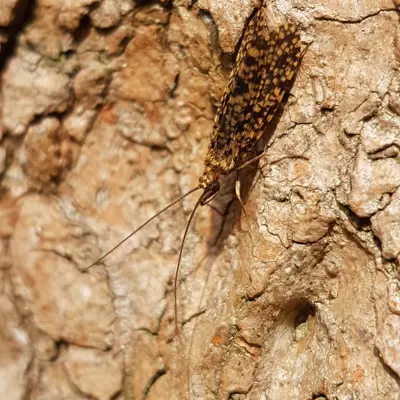Most people involved in land management have invertebrates that they know and hate.
Whether it is tick that pester ground-nesting birds and endanger human health, livestock-weakening parasites, tree-killing beetles, crop-munching aphids and molluscs, or simply maddening midges and clegs – farmers, foresters, keepers, and perhaps even ecologists have a short list of bugs that they would willingly eradicate .. even if they would laugh at the urban visitor who is frightened by the spider in the tent or wasp at the sandwich.
Of course, everyone loves pollinators – save the bees! – although few people know much about them. Are you aware, for example, that there are over 4,000 native insects in the UK that pollinate crops, including bees, wasps, moths, flies and beetles? Or that the honeybee is not native, but a farmed animal, and (while very useful in producing honey) can displace wild pollinators just as our useful non-natives like wheat, sheep or spruce can displace and disrupt natural ecosystems?
But pollinators are just a small subset of invertebrates. I spent a day recently with a gamekeeper, who had watched the interactions of beasts, birds, and bugs on the same estate, through different management objectives, for 35 years. He had seen that when he was tasked with radically reducing deer numbers to enable woodland regeneration, the midges stopped biting, but the number of birds reduced. We might not like insects that eat blood, faeces, or corpses. Yet if we want grouse, waders, swallows and songbirds in our landscapes, it’s those insects the birds and their chicks need to survive and thrive.

The same keeper had noticed that, when deer and sheep numbers were high, and consequently insect populations, ground-nesting birds thrived even when the populations of their predators were apparently out of control. When food was abundant, the population was strong enough that the predators could take their share. There was more of everything (except tree regeneration!).

One lesson we drew from his observations was that, even if livestock must be excluded from landscapes to enable reforestation, it is important to allow them back when the trees have grown and the carrying capacity of the land has increased, to enable that food web of animals, invertebrates and birds to revive. This lesson is not new: it is one reason for the growing interest in hill cattle, which support rich invertebrate populations and can be managed precisely using radio collars, although their role in pulling and trampling ground to create greater floral diversity is perhaps better appreciated than their importance for dung beetles and flies.
Another lesson was that the widespread practice of using free-roaming sheep doused in insecticide as ‘tick mops’ to protect birds and people, might be doing more harm to birds than good, by wiping out a wide range of invertebrates which are their food.
While we might find invertebrates that prey on large animals like ourselves distasteful, there are other invertebrate interactions which are much easier to appreciate. For example, an important benefit of planting trees by rivers is to provide habitat for riverflies which in turn feed fish such as trout and salmon, or birds like flycatchers and dippers. Mayfly performing their elegant dance, and Caddisfly building their extraordinary gravel cases, are delightful in their own right. Appreciating their role in the web of life of a riparian ecosystem can help us understand why the midge or aphid are as important a part of ecosystem restoration as the curlew or the oak tree.

So next time you're in a discussion about nature restoration on a site, ask the question: what’s the role of the bugs? And next time you see a bug, thank it for its role in tackling the climate and nature emergency.
- Natural Capital: Galbraith’s expert advisers guide our clients in realising value in all land uses – by assessing and measuring natural assets, furthering opportunities in biodiversity net gain, and ensuring stakeholders are rewarded fully for their investment in and contribution to delivering ecosystem services and net-zero outcomes.

